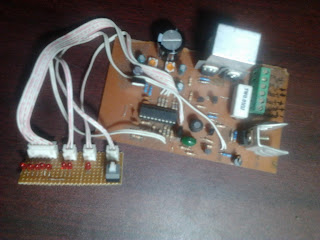For the love of football (soccer)

Our School Team With The Championship Trophy My number 13 is not unlucky for me The Interschool Champion Team Yesterday (29th September 2016), our school team became champion of the Interschool Football (Soccer) Tournament, beating Aga Khan School in the final. I am one of the proud members of our team and am very happy having won our school the first Senior Championship in four years. But, behind this happiness, there is bitterness, sorrow and dissatisfaction. Our school has three football fields. However, the authority does not want us to play too much and does not allow us to play much. There are not many school tournaments to play in either. The school authority wants us to indulge our efforts in studies only and does not want us to play much. So, there is not much practice in school. The sector in which my house is located, has become, like most of Dhaka, a concrete jungle. There is not a single playground in the entire sector. So, to play or practice properly, I had to go to a di...




